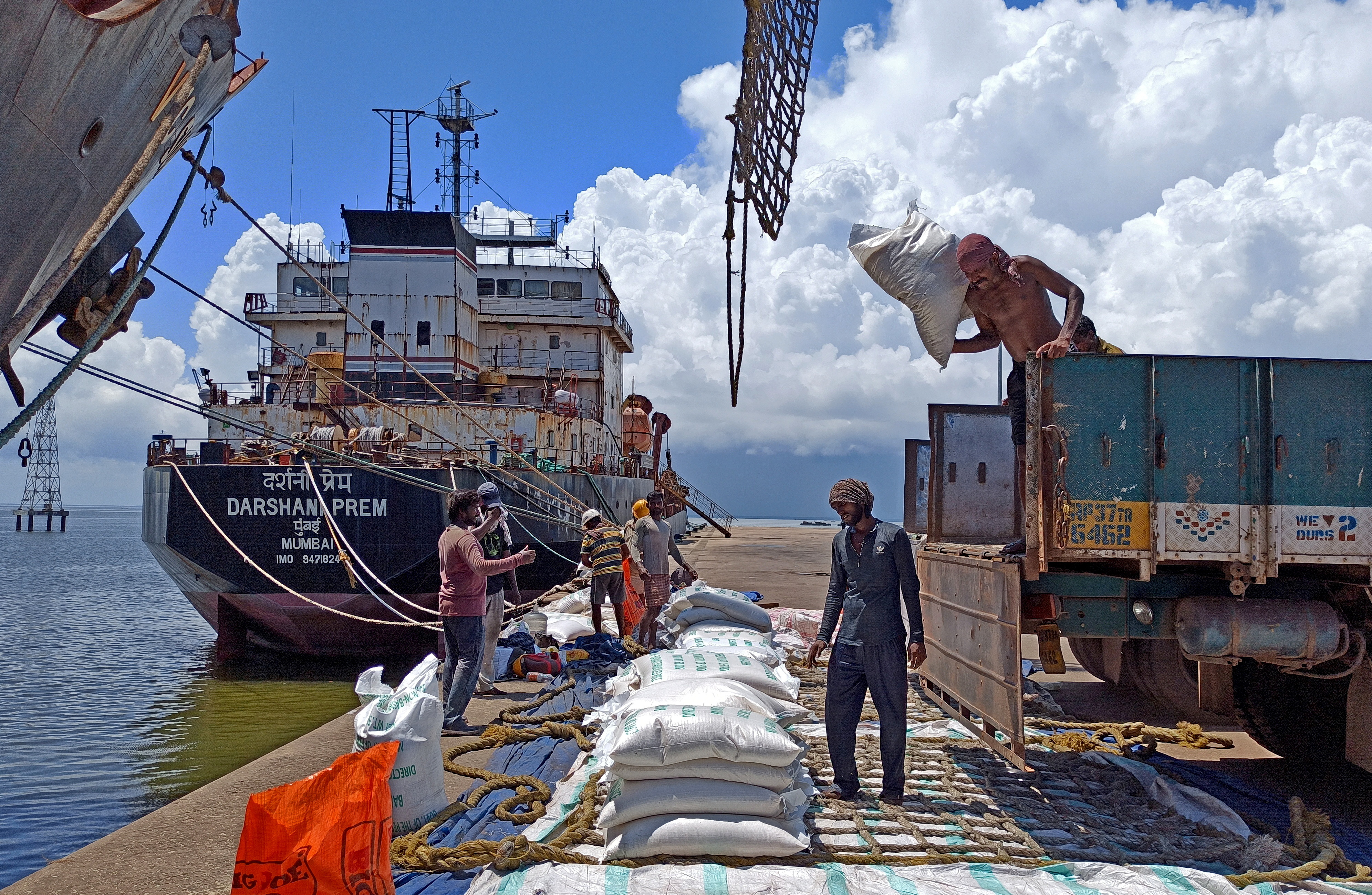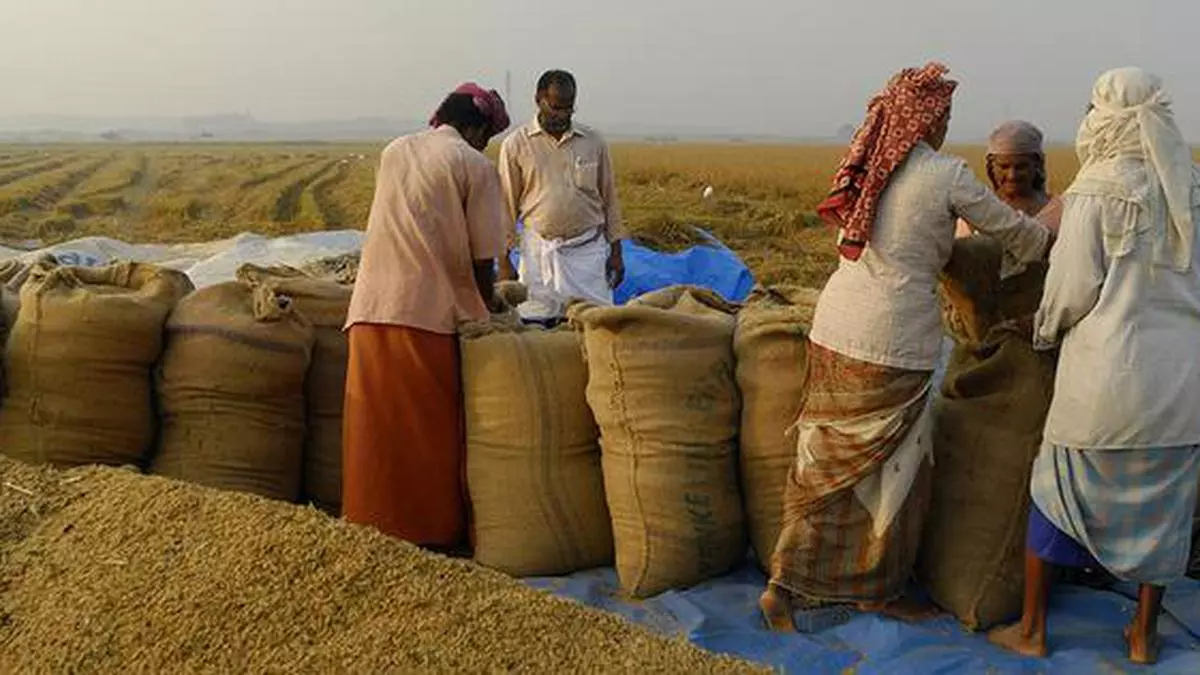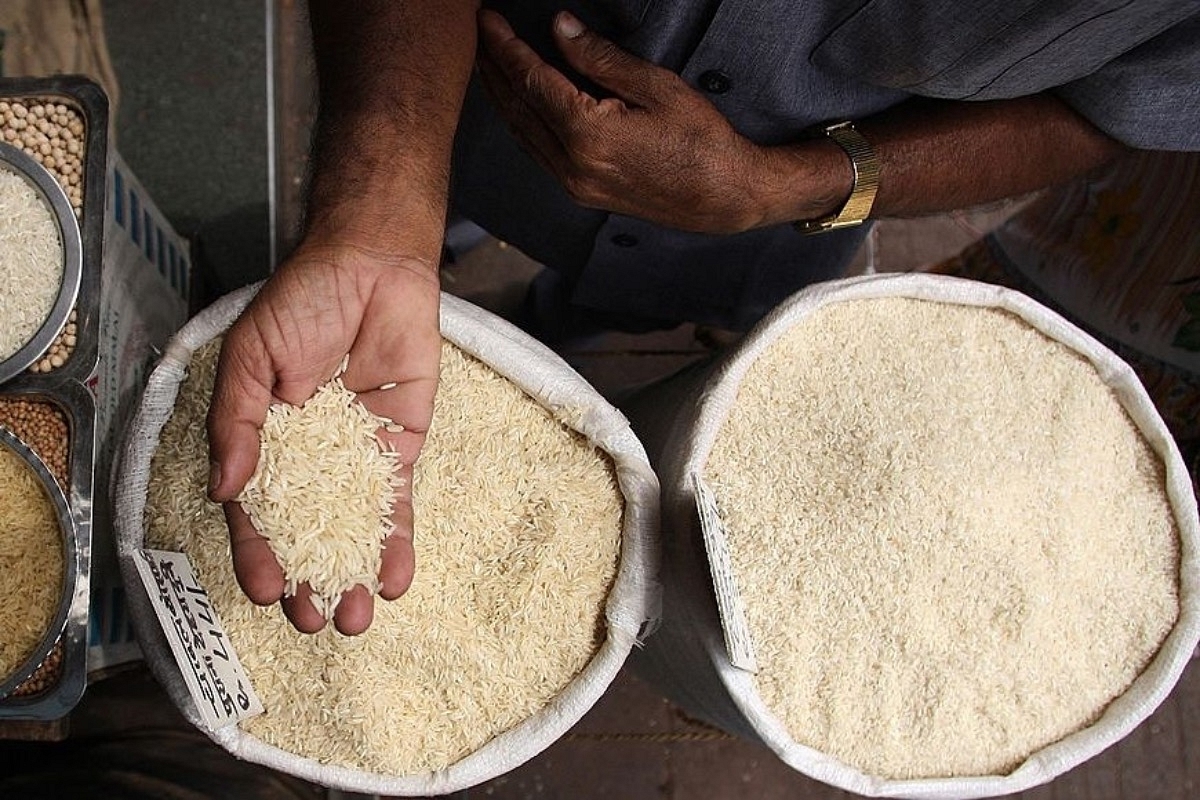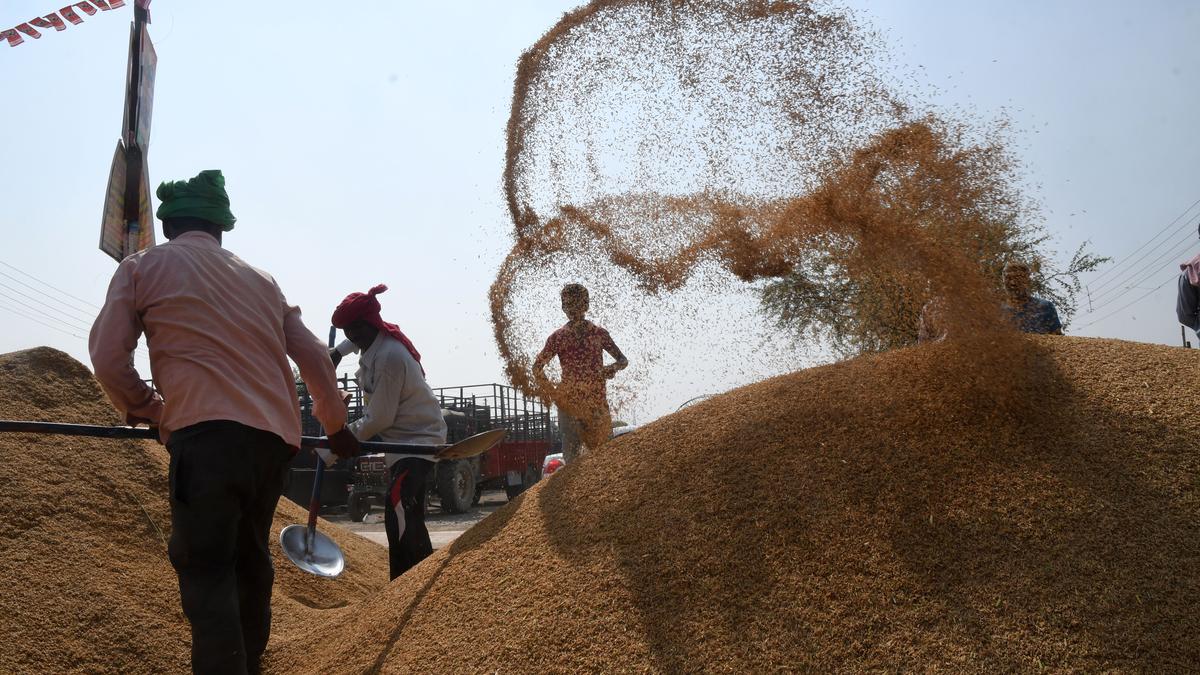Basmati Rice Exports Witness Sharp Decline Following Minimum Export Price Implementation 2023

Basmati Rice Exports Witness Sharp Decline Following Minimum Export Price Implementation 2023
Immediately following the government’s recent imposition of the minimum export price (MEP) of $1,200 per tonne until October 15, exports of high-value basmati rice have drastically decreased.
Only a small portion of the consignment above the required MEP is now being approved for transportation by the Agricultural and Processed Food Products Exports Development Authority (APEDA), according to official sources .

The contract price of basmati shipped last month varied widely, with the lowest price being $359/tonne and the average export price being $1,214/tonne. APEDA has now established a committee to investigate these wide pricing discrepancies. The MEP was briefly implemented in order to prevent the “illegal shipment of white non-basmati rise in the garb of premium basmati rice.”
According to some rice exporters, 75% of India’s annual 4.5 million tonne exports of basmati rice are exported at an average cost between $ 700 and $ 1000 per tonne.
“If the decision to impose a high MEP of $ 1200/tonne is not reversed soon, it would hit domestic paddy prices,” said Vijay Setia, a former president of the All India Rice Exporters Association (AIREA) and a significant rice exporter located in Karnal.
Setia predicted that basmati rice mandis arrivals will peak by the end of this month and that prices for early maturities will increase. Pusa Basmati 1509 paddy is presently selling for at least Rs 500/quintal less than the previous year’s price of Rs 3800/quintal.

Another significant basmati rice exporter predicted that there would be a significant interruption in worldwide supply since India accounts for 80% of the 5.5 million tonne (MT) global basmati rice trade.
An important exporter stated, “Pakistan exports about 1 MT of Basmati and importers mainly depend on India for sourcing aromatic long grain rice.” The nation exported 4.56 MT of basmati rice in the preceding fiscal, valued at $4.78 billion, at an average cost of $1,050 per tonne.
The average export price of basmati rice over the previous five years, according to an AIREA representative, was $975 per tonne.
Around 70 areas in Punjab, Haryana, western Uttar Pradesh, Rajasthan, Jammu & Kashmir, and Uttarakhand cultivate Basmati rice with a Geographical Indication (GI) designation. Long grain, fragrant rice is in high demand on the international market.
The cargo of non-basmati white rice, whose export was prohibited beginning on July 20, 2023, has been misclassified and has been illegally exported, according to prior statements from the commerce ministry.
According to authorities from the commerce ministry, the MEP for basmati rice and the export tax on parboiled rice until mid-October would allow the government enough time to assess the kharif rice output for 2023–24.

Basmati rice, renowned for its exquisite aroma, unique flavor, and long grains, has been a staple in Indian agriculture and a prized export commodity for decades. However, in recent times, the Indian government’s decision to impose a Minimum Export Price (MEP) on basmati rice has sent shockwaves through the agricultural sector. This policy shift has had a significant impact on the country’s basmati rice exports, causing a sharp and unexpected decline.
The Minimum Export Price (MEP) is a pricing mechanism used by the Indian government to regulate the export of specific commodities, including basmati rice. The MEP is the minimum price at which exporters are allowed to ship these commodities to foreign markets. By setting this price floor, the government aims to ensure domestic availability and protect the interests of Indian consumers and farmers.
The MEP for basmati rice was introduced amid concerns that the high demand for basmati rice from international markets was leading to its scarcity in domestic markets. The government’s objective was to strike a balance between promoting exports and maintaining an adequate supply of this prized rice variety within the country.

Following the introduction of MEP, basmati rice exports witnessed a sharp decline. Exporters, who were accustomed to competitive pricing in the global market, suddenly faced a situation where they had to sell at or above the minimum set price. This resulted in a substantial reduction in overseas demand.
India, which was once the world’s largest exporter of basmati rice, lost its market share to competitors like Pakistan and Thailand. These countries continued to offer basmati rice at more competitive prices, attracting international buyers who were unwilling to pay the higher MEP.
Many small and medium-sized farmers, who heavily rely on basmati rice cultivation, suffered as their profit margins decreased due to reduced exports. The MEP hindered their ability to fetch the best possible prices for their produce.
The sudden fall in exports disrupted the basmati rice supply chain, affecting various stakeholders, including farmers, millers, traders, and exporters. This resulted in a ripple effect throughout the agricultural sector.
The decline in basmati rice exports had broader economic implications, as it contributed to a trade imbalance and reduced foreign exchange earnings for India.
In response to the declining basmati rice exports, the Indian government has periodically adjusted the MEP to make it more competitive. However, the effectiveness of these adjustments in reviving the export market remains uncertain. The government’s intention to strike a balance between domestic and international markets is commendable, but it requires careful calibration to ensure that it does not adversely affect farmers and exporters.

India must find ways to offer basmati rice at competitive prices to regain its market share. This could involve improving productivity, reducing production costs, and investing in quality control.
Exploring trade agreements with importing countries can create opportunities for Indian basmati rice exporters. Negotiating lower tariffs and removing trade barriers can enhance market access.
India should explore new markets and diversify its customer base to reduce dependence on specific regions. Expanding into emerging markets or strengthening relationships with traditional buyers can be a strategic move.
The imposition of Minimum Export Price (MEP) on basmati rice has undoubtedly had a significant impact on India’s exports of this prized commodity.
While the government’s intention was to protect domestic interests, the abrupt decline in exports has highlighted the importance of balancing export regulation with the interests of farmers and exporters.

The future of India’s basmati rice exports will depend on the government’s ability to strike this delicate balance and adapt to changing market dynamics while ensuring the prosperity of its agricultural sector.




